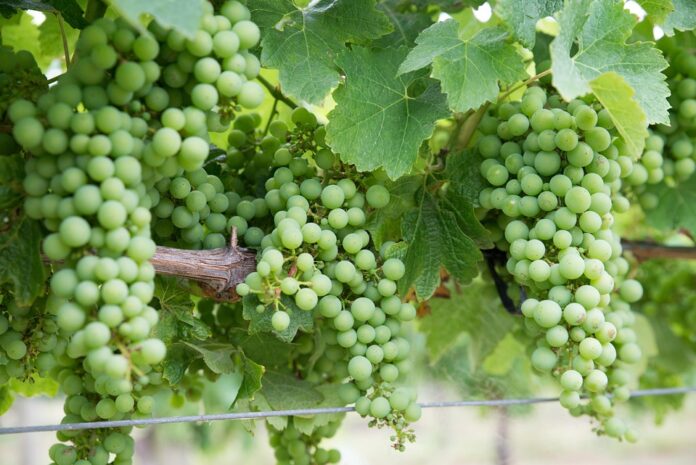Introduction
Chardonnay is one of the most popular and widely planted white grape varieties in the world. It has a long history dating back to the Burgundy region of France and has since spread to wine regions all over the globe. In this report, we will explore why Chardonnay remains a favorite among winemakers and consumers alike, leading to its continued dominance in the global wine industry.
Global Plantings of Chardonnay
Chardonnay is known for its versatility, as it can adapt to a wide range of climates and soil types. This adaptability has contributed to its widespread plantings around the world. According to data from the International Organization of Vine and Wine (OIV), Chardonnay is the second most planted white grape variety globally, with over 210,000 hectares planted in 2020.
France
France, particularly the Burgundy region, is where Chardonnay originated. It remains one of the most important grape varieties in the country, with over 44,000 hectares planted in 2020. Chardonnay plays a significant role in the production of renowned wines such as Chablis and Meursault.
United States
In the United States, Chardonnay is the most planted white grape variety, with over 44,000 hectares planted in 2020. California, specifically regions like Napa Valley and Sonoma County, is known for producing high-quality Chardonnay wines that are sought after by consumers worldwide.
Australia
Australia is another major player in the global Chardonnay market, with over 26,000 hectares of Chardonnay vines planted in 2020. Regions like Margaret River and Adelaide Hills are known for producing premium Chardonnay wines that have gained international acclaim.
Consumer Preferences
One of the reasons why Chardonnay remains one of the most planted white grape varieties globally is its popularity among consumers. Chardonnay wines are known for their rich, creamy texture, tropical fruit flavors, and buttery notes. These characteristics appeal to a wide range of wine drinkers, from novices to connoisseurs.
Food Pairing
Chardonnay’s versatility in terms of food pairing also contributes to its popularity. It pairs well with a variety of dishes, from seafood and poultry to creamy pastas and cheeses. This versatility makes Chardonnay an attractive option for consumers looking for a wine that can complement a wide range of cuisines.
Industry Insights
The global Chardonnay market is a lucrative one, with many wineries capitalizing on the popularity of this grape variety. In 2020, the global Chardonnay market was valued at over $15 billion, according to market research firm Grand View Research.
Key Players
Some of the key players in the global Chardonnay market include E. & J. Gallo Winery, Treasury Wine Estates, and Constellation Brands. These companies have a strong presence in major wine-producing regions and are known for producing high-quality Chardonnay wines that are well-received by consumers.
Trends and Future Outlook
Despite its longstanding popularity, Chardonnay continues to evolve with changing consumer preferences and trends in the wine industry. Winemakers are experimenting with different winemaking techniques and styles to cater to a diverse range of palates. As consumer interest in sustainable and organic wines grows, we can expect to see more Chardonnay producers adopting environmentally friendly practices in their vineyards and wineries.
Conclusion
In conclusion, Chardonnay remains one of the most planted white grape varieties globally due to its adaptability, consumer preferences, and industry insights. Its popularity shows no signs of waning, as wineries continue to produce high-quality Chardonnay wines that appeal to a broad audience. As the global wine market evolves, Chardonnay will likely remain a staple in the industry for years to come.



